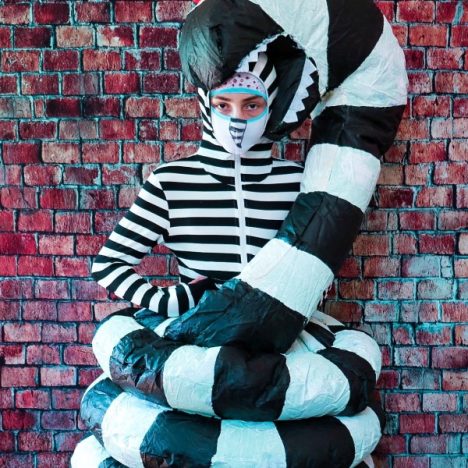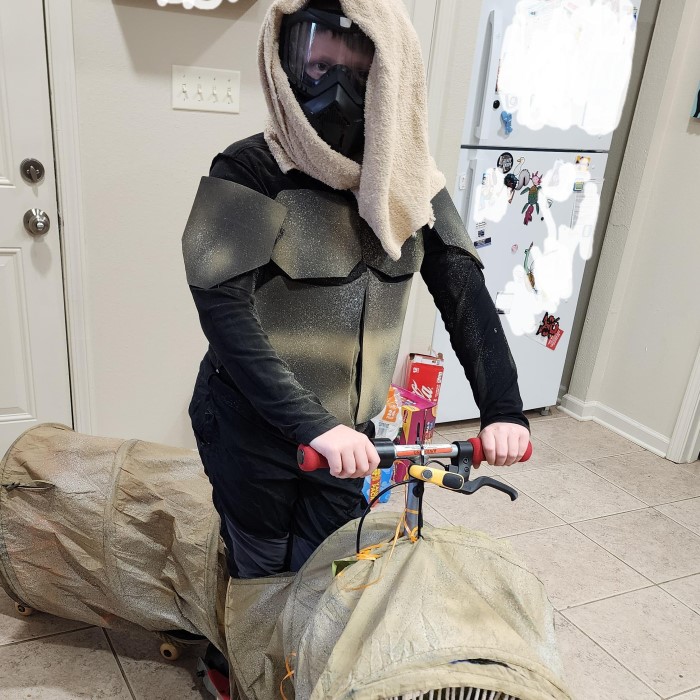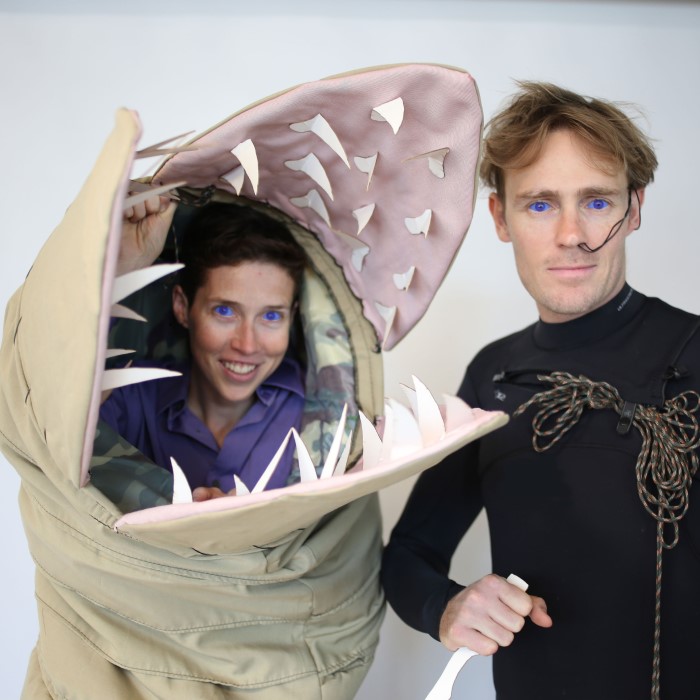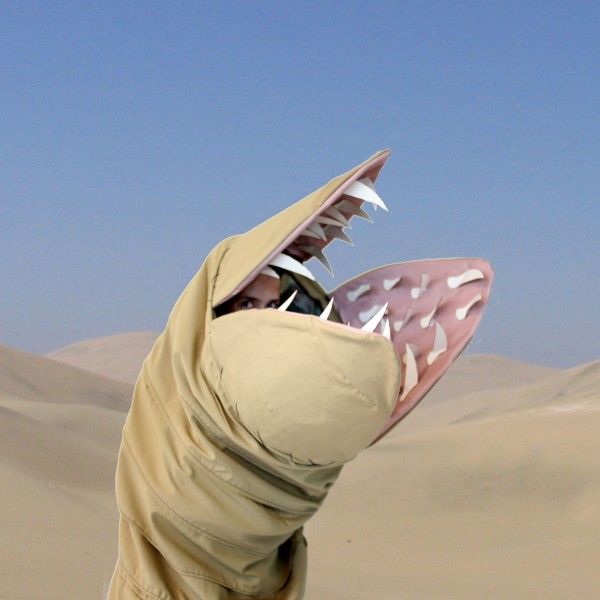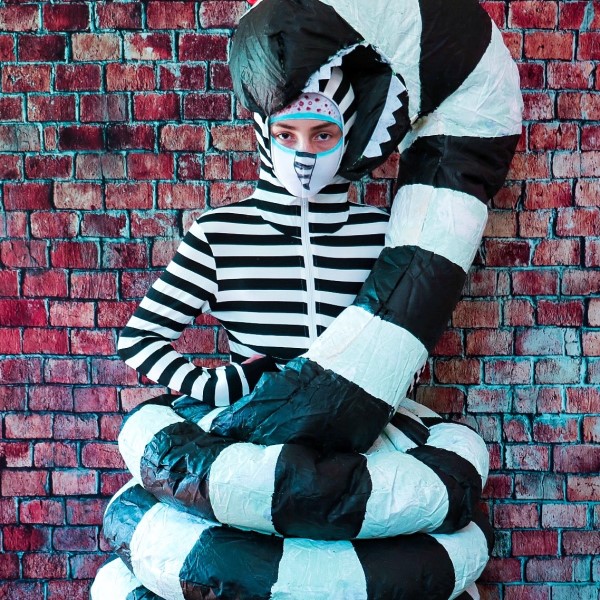Contents
Introduction
With the recent resurgence of interest in Frank Herbert’s “Dune,” fans are looking for ways to bring the story to life—especially through creative costumes. Among the most iconic elements of “Dune” is the massive and majestic sandworm. The sandworm costume represents not only an essential part of the Dune universe but also a thrilling challenge for costume enthusiasts. Whether you’re searching for dune sandworm costume ideas or a detailed diy sandworm costume tutorial, this article will guide you through the process of creating a stunning costume that captures the essence of these impressive creatures.
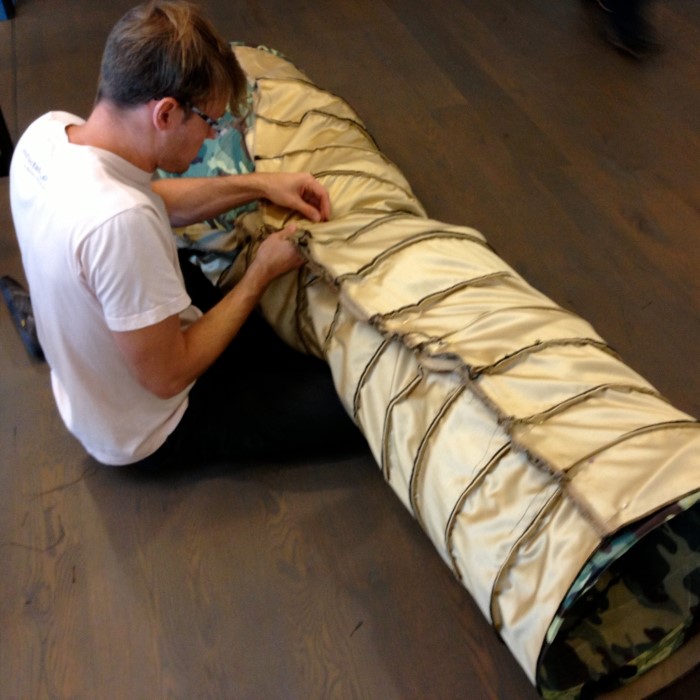
Understanding the Sandworm from Dune
- The Significance of the Sandworm: In the Dune universe, sandworms, known as “Shai-Hulud,” are massive creatures that roam the deserts of Arrakis. These beings symbolize the ecosystem that makes the desert planet unique, embodying both danger and reverence among the people who inhabit it.
- Unique Characteristics: Sandworms can reach enormous lengths and feature a segmented body, which makes them visually striking. Their ability to create spice makes them central to the story, adding to their allure as a costume choice.
- Cultural Relevance: The portrayal of sandworms in various adaptations—including films and graphic novels—has cemented their place in pop culture. This appeal makes the sandworm costume a popular choice for fans during cosplay events, Halloween gatherings, and conventions.
Dune Sandworm Costume Ideas
- Classic Sandworm: The classic approach involves embodying the creature’s long, segmented body. Use beige or brown hues to mimic the sandy exterior. This costume often relies on a long, flowing fabric that creates movement, simulating the worm’s slithering motions.
- Accessory Variations: Incorporating characteristic details like dorsal fins, textures that mimic scales, or even light-up features adds flair. Utilize LED strips to emphasize the costume, enhancing its visual impact.
- Fancy Dress Variations: Consider adding elements of spice mining or Fremen culture to your costume. This could involve wearing robes or adding hats that symbolize the desert dwellers from “Dune.” Such integration makes for a creative twist on the traditional sandworm design.
How to Make a Sandworm Costume
- Materials Needed: Begin with basic materials like fabric (tulle, felt, or fleece work well), foam for structure, and various paints for detailing. A sewing machine can be helpful but is not strictly necessary for a DIY project.
- Step-by-Step Process:
- Create the Body: Start by cutting fabric into long strips to create the body. These strips can be sewn together or layered over foam for added structure.
- Design the Head: Using lightweight materials such as cardboard or plush foam, craft a headpiece that mimics the opening of a sandworm’s mouth. Attach this to wearable straps that fit securely on your head.
- Testing for Movement: Ensure that your sandworm costume allows for mobility. Make adjustments to the patterns and fitting, so you can comfortably wear it while participating in events.
Accessories and Makeup
Essential Accessories
- Enhancing the Costume: Accessories are crucial for elevating the overall look of your sandworm costume. Thoughtfully chosen accessories can transform a basic costume into a show-stopping ensemble.
- Using Scales and Textures: Consider incorporating scales or textured elements made from craft foam. This addition can add depth and dimension to your design, making it visually interesting and authentic.
- Narrative-Driven Features: To enhance the storytelling aspect of your costume. Add features such as a collar or a belt that resembles spice mining equipment. This offers a connection to the context of the sandworm, enriching the overall concept of your costume.
Makeup Techniques
- Creating a Thematic Look: Incorporate face makeup that simulates the sandy environment in which the sandworm resides or draws attention to the creature’s distinctive features.
- Utilizing Earthy Tones: Consider using earthy tones, such as browns, tans. And ochres, around your eyes to reflect the desert landscape. These colors can help create a cohesive look that aligns with your costume theme.
- Patterns and Details: Use face paint to apply unique patterns that mimic the skin of a sandworm. This detail can tie the entire look together, making it feel more complete and immersive.
- Thematic Cohesion: Ensure that your makeup aligns with the overall theme of your costume. Enhancing your portrayal of the sandworm character and making the transformation more believable.
Footwear Choices
- Selecting Appropriate Footwear: Opt for sandy-colored boots or boot covers that harmonize with the fabric and color palette of your sandworm costume. Footwear is an essential component of the overall look.
- Cohesive Visual Experience: Matching your footwear to your costume fabric can create a seamless appearance, ensuring that all elements of your outfit work together harmoniously.
- Functionality and Comfort: In addition to aesthetics, consider the comfort and functionality of your footwear. Choose options that allow for easy movement while staying true to the sandworm theme, ensuring you can enjoy the event without any discomfort.
Halloween
- Thematic Elements: As Halloween approaches, the sandworm costume becomes an exciting choice. Pair it with theatrical lighting or a fog machine to create a dramatic effect while trick-or-treating or attending a party.
- Group Costumes: Combine forces with friends by coordinating a group of Dune characters. For example, you might dress as the sandworm while others take on Fremen roles or Paul Atreides, enhancing the thematic experience for all.
- Social Media Trends: Share your unique creation on social media platforms, maximizing engagement. Use relevant hashtags to connect with other Dune fans and costume enthusiasts, showcasing your sandworm costume inspiration.
Tips for Success
Planning Ahead
- Begin Early: Start your costume preparation well in advance of the event to ensure you have ample time to work on all aspects of your costume.
- Time for Alterations: Early preparation allows you to make any necessary alterations to the costume, ensuring a better fit and comfort during wear.
- Movement Testing: Take the time to practice movements in your costume to identify any restrictions or issues that may arise while wearing it. This is crucial for ensuring you can move freely and comfortably during the event.
- Gather Materials: Early planning also enables you to compile all required materials without feeling rushed. This helps in avoiding last-minute purchases that can be more expensive or leave you searching for hard-to-find items.
Budget Considerations
- Assess Your Goals: Determine how elaborate or detailed you want your sandworm costume to be, as this will influence your overall budget.
- Material Costs: Factor in the costs for all materials needed to create the costume, including fabric, accessories, and any special tools or equipment.
- Look for Sales: Craft stores often have sales or discounts, so take advantage of these opportunities to save money. Shopping during sales can allow you to gather high-quality materials without exceeding your budget.
- Creative Solutions: Remember that you can get creative with materials. DIY options or repurposing items you already own can significantly reduce costs while still giving your costume a unique touch.
Feedback and Iteration
- Seek Input: As you work through the design process, share your costume ideas and progress with friends, family, or fellow costume enthusiasts. Their perspectives can be invaluable.
- Identify Improvements: Constructive feedback can help you pinpoint areas that need enhancement, whether it’s regarding the fit, design, or functionality of the costume.
- Encourage Creativity: Engaging with others can also inspire new ideas and creative decisions that you might not have considered. Collaboration can lead to unique enhancements that elevate your costume.
- Iterative Process: Be open to making multiple iterations of your costume based on feedback. This approach can lead to a final design that you are truly proud of and excited to wear at the event.
Frequently Asked Questions
What is the sandworm costume?
The sandworm costume is inspired by the iconic creature from the “Dune” series. It features a long, segmented body and unique characteristics reflecting the sandworm’s design in literature and adaptations.
How do I make a sandworm costume?
To make a sandworm costume, gather materials like fabric and foam to create the body. Start by creating the body structure and attaching it to a headpiece that mimics the sandworm’s mouth. Use a sewing machine or fabric glue for assembly.
Are there specific accessories for a sandworm costume?
Yes, accessories may include materials that create texture and enhance the costume. Consider adding a collar or spices, and use makeup to create a cohesive look, mimicking the environment of Arrakis.
What kind of sandworm costume is best for Halloween?
A well-structured costume that allows for movement and incorporates both visual elements and thematic accessories is best for Halloween. Factors like comfort and creativity will make your costume stand out among others.
Conclusion: Bringing the Dune Universe to Life
In conclusion, crafting a sandworm costume allows you to celebrate both the creativity of costume design and the iconic world of “Dune.” With the ability to explore various dune sandworm costume ideas, from DIY approaches to store-bought options, fans can embody the essence of this fascinating creature. Whether you aim to blend creativity with nostalgia at Halloween or cosplay events, utilizing the insights in this article will help you achieve a captivating look.
By being prepared and integrating the right accessories and techniques, you can ensure that your sandworm costume makes a lasting impression. Now, as you dive into crafting your costume, enjoy the process of bringing the universe of “Dune” to life and embrace the spirit of adventure that awaits!
